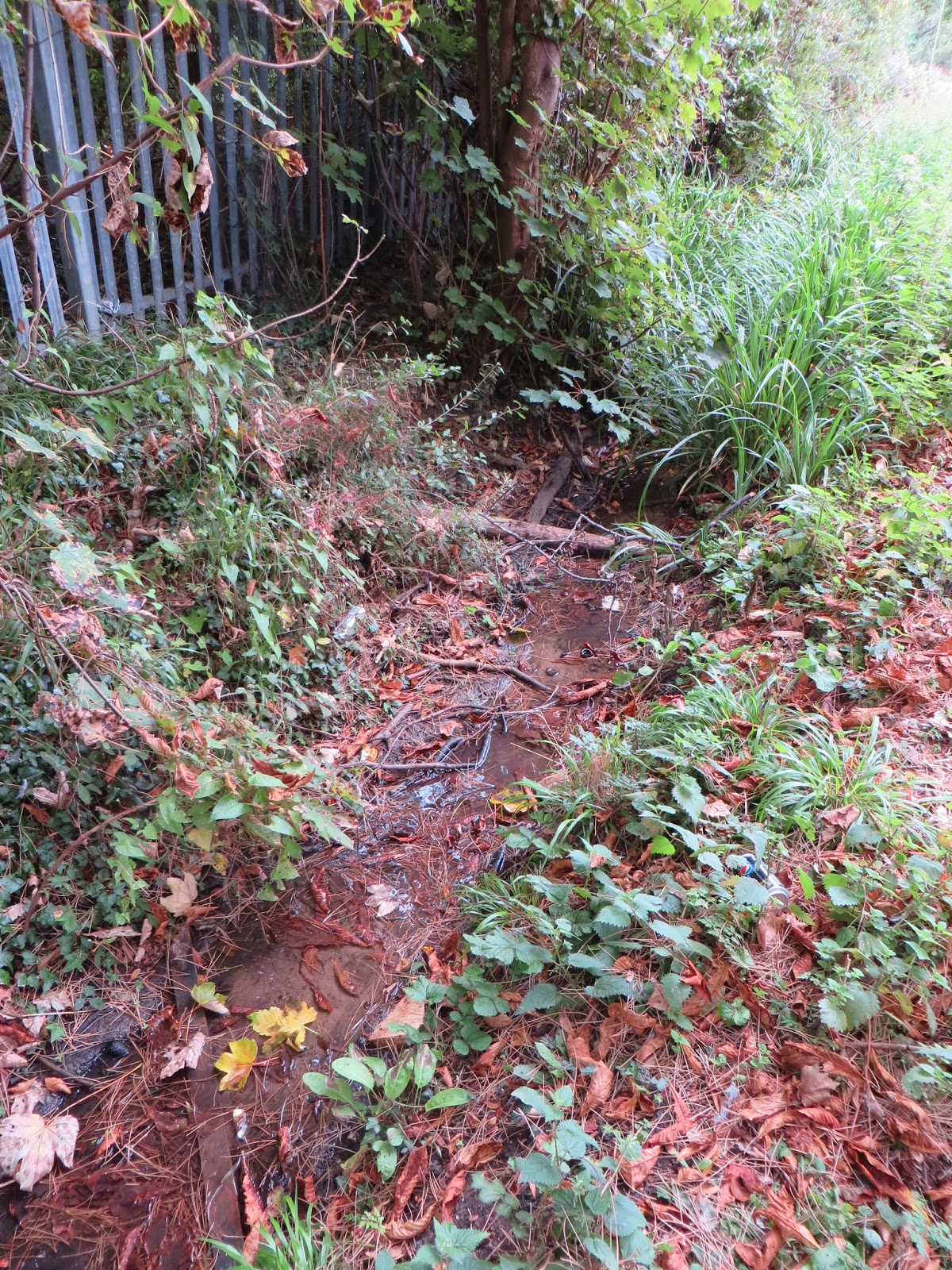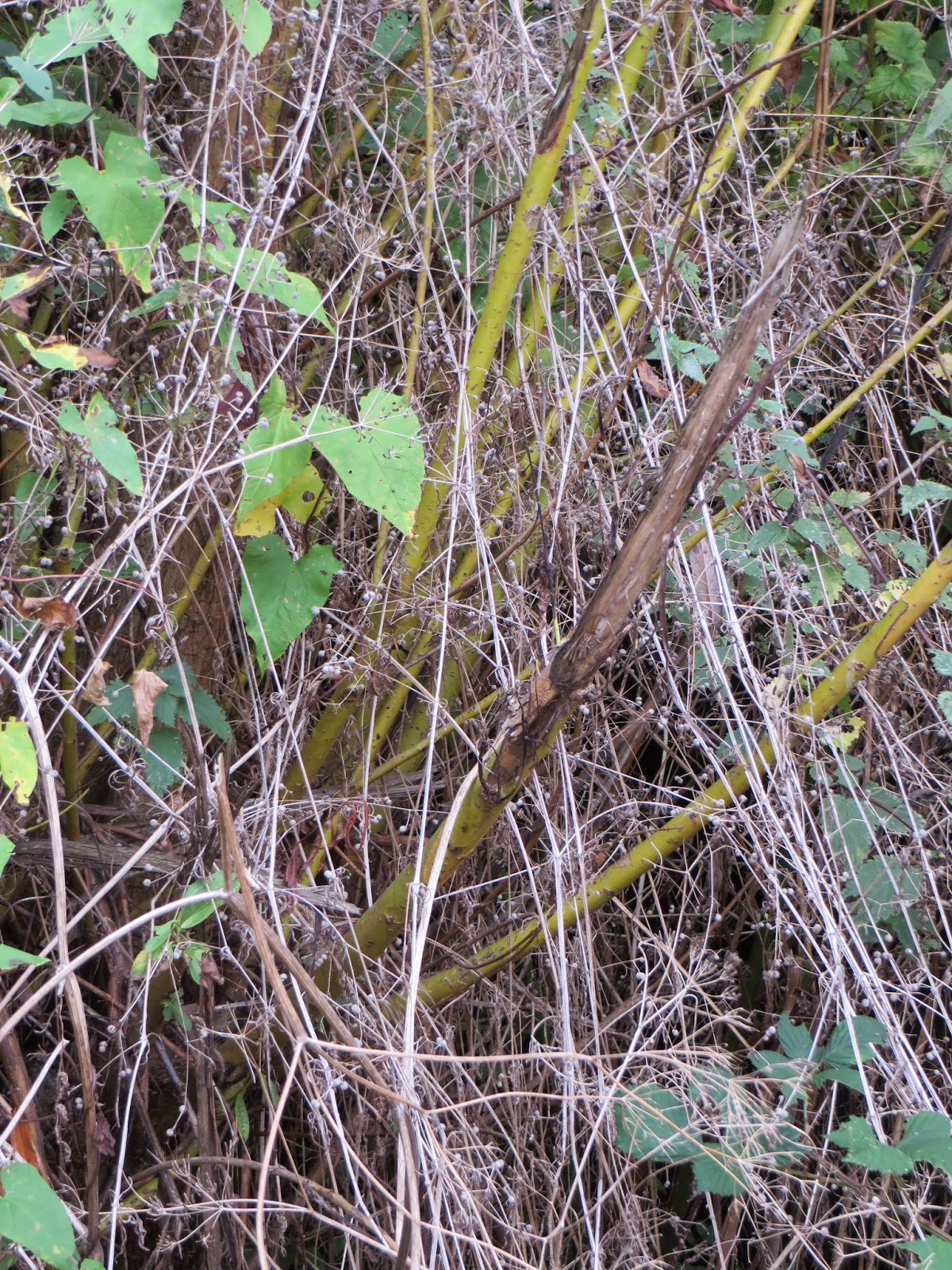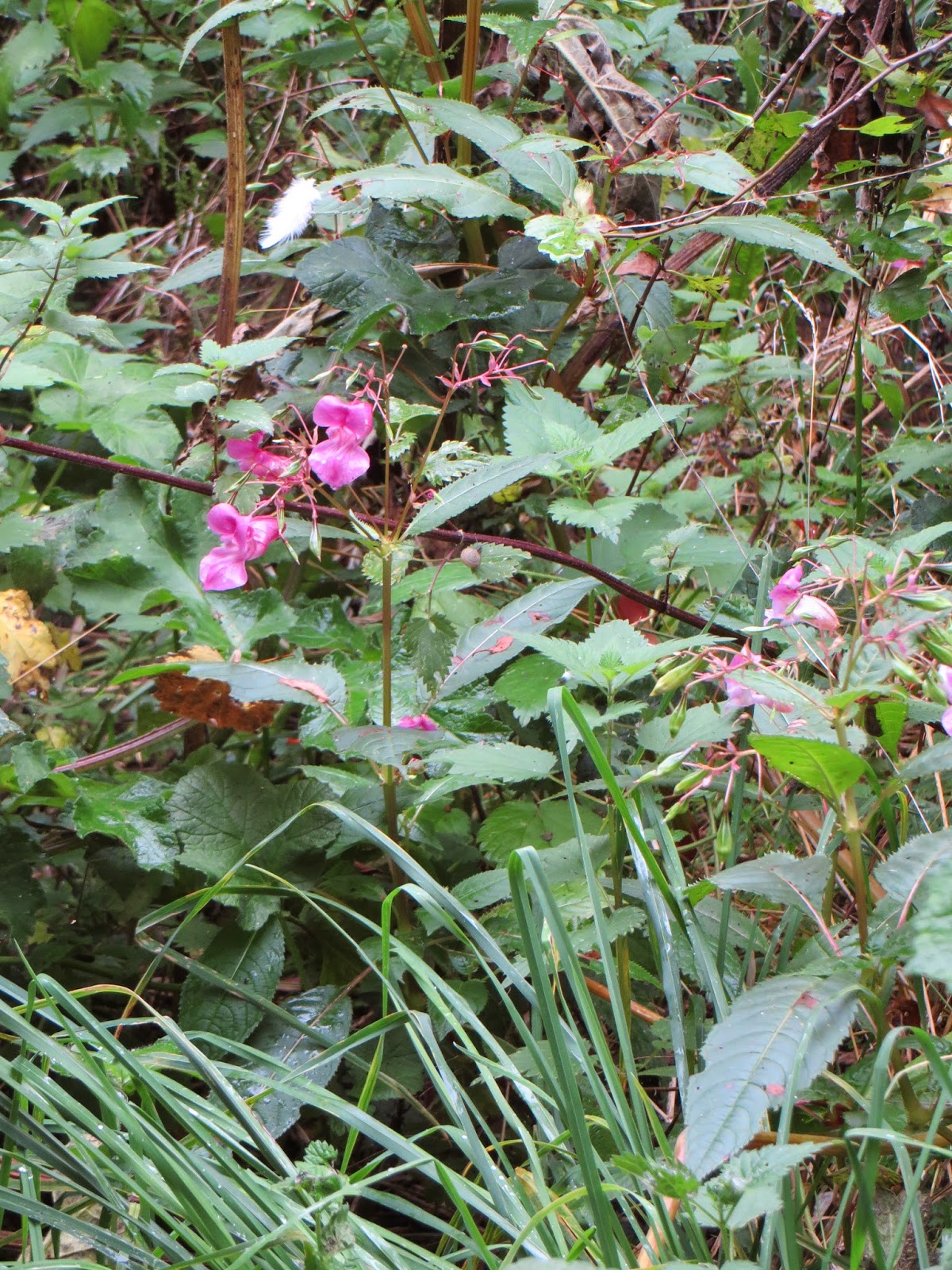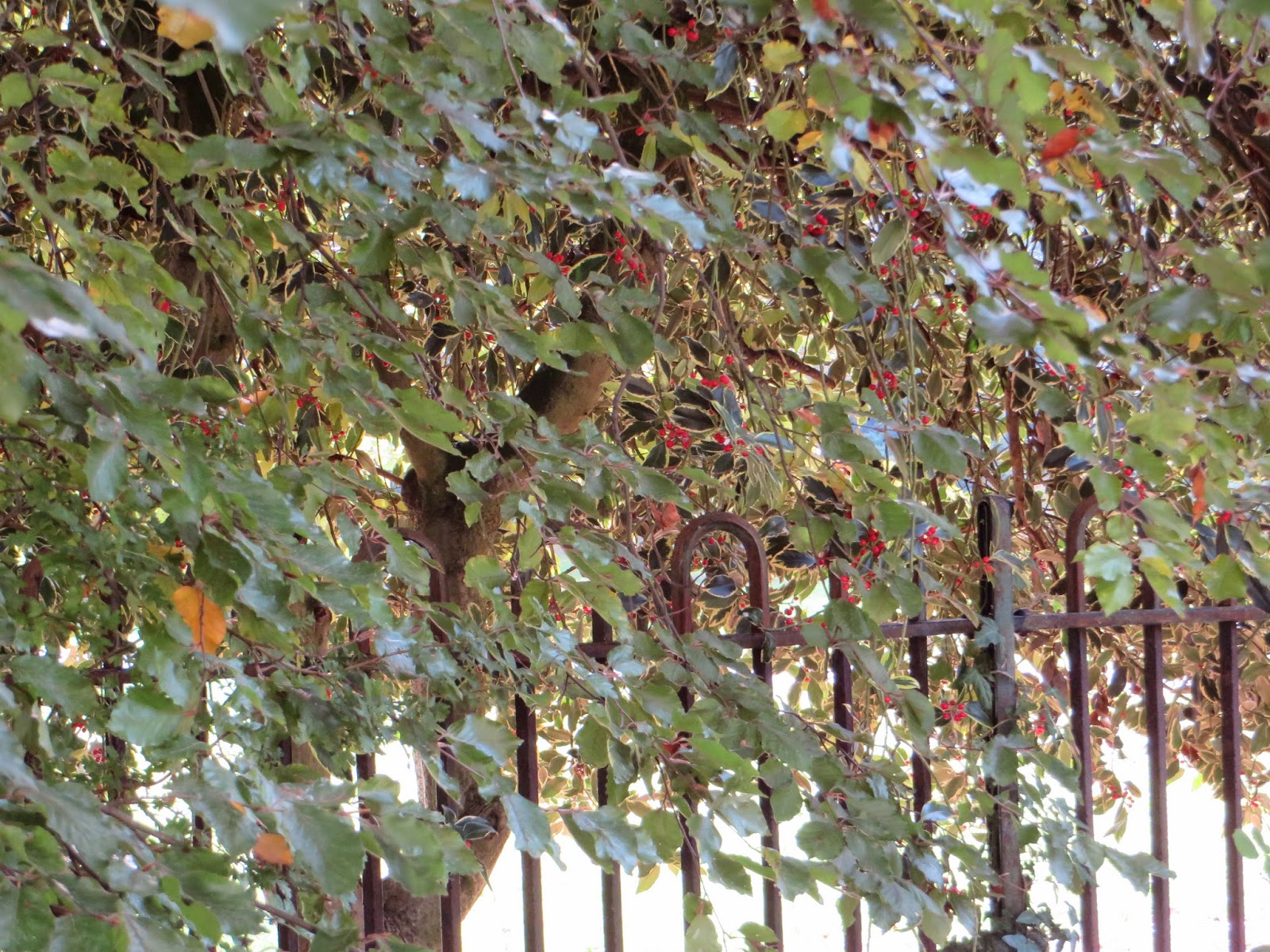A couple of weeks ago I was staying in the Netherlands for work. While away, I managed a run through the shopping precinct in Tilburg and three around the canals of the Jordaan near where I was staying in Amsterdam...
I decide to re-walk one of the Amsterdam routes and stick to the brief of noticing things that interest me.
There are a few things I notice but choose not to photograph too often. Firstly
bikes because they are everywhere. Secondly, knick-knacks in flat windows because they are creepy.
And thirdly shop windows because I always see myself in the reflection.
There is something a little disturbing
about a man wandering around with a camera looking into windows. I am the
sort of person who cannot help but notice people inside their houses as I pass them in the
street, mainly because I am curious. So gentrified, self-conscious and designed
is the Jordaan that I often confuse Dutch living rooms with shops or offices.
I walk past rooms that seem to spill into the street and peer in to see the people
within living their gentrified, self-conscious and designed lives. I wonder whether
these people may like others to marvel at their perfect kitchens and immaculate
furniture. I cannot take their photographs though. There may be laws against
it.
I turn onto Lindengracht, approaching the fruit and vegetable market and ask the proprietor if I can take her photograph. She is happy for me to do so and I am pleased
that she is happy. I have not yet decided on what the point of my walk is and
what the subject of my blog post should be.
By the time I get as far as Café Thiyssen I am mired in an ethical dilemma. I take photos of a man on the corner, minding his own business and having a coffee. I take some photos using my zoom and some from a distance. The man reads his paper. What am I doing? I guess I am trying to capture something of undisturbed Amsterdam life, but what right do I have without the permission of my subject, particularly if I am sharing the photos online.
I have not worked through this dilemma by the time I reach the Lekkeresluis bridge and take photographs of some people conversing outside of Café Papeneiland. I snap three photos but am unhappy with all of them. They don’t look right. I need to relax. I am guilty of having the idea of what I am looking for before I have found it. No more taking photos of strangers without their permission, I tell myself.
At the top of Noordermarkt, I find a happy compromise and snap a street scene that captures a few people within it but dispenses of the creepy close ups. I pop into CiTea on Prinsengracht (the cafes and pubs of Amsterdam love a mezzanine level) and take a photo of the proprietor and his customer with their permission.
“You from the New York Times,” the customer asks me.
“No.”
“Oh, English. The Guardian, maybe?”
“No.”
“Well, why the fuck you want our photo then?”
It’s a good question. I tell him about the blog and about how I am re-walking my running routes. He does not look convinced.
“Enjoy Amsterdam!” he says. I smile and leave. I am a tourist and he knows it! Better that than a business traveller, perhaps!
“No.”
“Well, why the fuck you want our photo then?”
It’s a good question. I tell him about the blog and about how I am re-walking my running routes. He does not look convinced.
“Enjoy Amsterdam!” he says. I smile and leave. I am a tourist and he knows it! Better that than a business traveller, perhaps!
Part of me feels I should maybe have a little card that I can give to people that tells them about the blog. Part of me feels that I don't need to have a clear plan in mind and should just follow my instincts. After all, I’m only writing this for a giggle.
I take some photos of a group of youths smoking by the side of a canal. I am a
long way away and I am pushing my zoom to its edge. I still feel unhappy with
the photos and this is possibly because I am uncomfortable playing the paparazzo.
No more taking photos of strangers without their permission, I tell myself
again.
At ‘t Goede Soet I take a photograph of the owner and her incredible selection of chocolates. She is happy for me to do so and gives me a card.
I ask a man with a fetching beard if he
would mind me taking his photo outside his shop of trendy garments. He is
happy for me to take a photo of the shop but he will not appear in the photo. The shop front is not that interesting but the fetching beard is. We reach an impasse and I slope off.
I ask myself again: what am I doing? Am I only interested in shops? I hoped that
through the walk I would capture something of the environment and of Amsterdam
life, but I have only managed a handful of tourist snaps and a selection of
hyperlinks. I am not doing very well. It
is hard to see Amsterdam through anything but a tourist’s eye.
Crossing a bridge at Leleigracht, I discover a legitimate and guilt-free way of introducing strangers into my photographs. Taking photos of people with their permission feels tame and without feels unethical. But what about those who enter your photo without permission? Surely those lads are fair game?
This well dressed man with a green bag walks into three of my photos.
He seems to be going my direction at
first, but after a while I realise I am following him, willing him to enter my fourth photo. At the point I take a hold of myself. I snap five photos looking down
Eerste Egelantiersdwarsstraat and I am invisible to the chatting couple approaching. This is
brilliant.
(I live in a city filled with
tourists and students. When I first moved to Oxford, I was very respectful of
those taking photos. On my way into town, I would dance up the High Street like
Michael Jackson in the Billie Jean video, dodging the tourists taking photos of everything they could see from Magdalen
up to Carfax. I soon stopped caring about the photos I ruined and nowadays make
my way up the High Street more like Max Cady leaving prison. I am not alone. Most people who live in a tourist town would be able to find
themselves in holiday snaps from around the world. One could easily find pieces of the
‘real life’ of a town in the photos that everyone else is taking. For
every ruined tourist photo there is a golden nugget.)
My last few photos are those of a tourist, but that is fine because it is what I am. I am unsatisfied by my walk and with my photos. Tourists take photos to remember rather than to understand. Maybe I should have taken more photos of the canals. Maybe I should have stopped for a coffee and a piece of apfelkuchen. I am a long way from home.































































































































